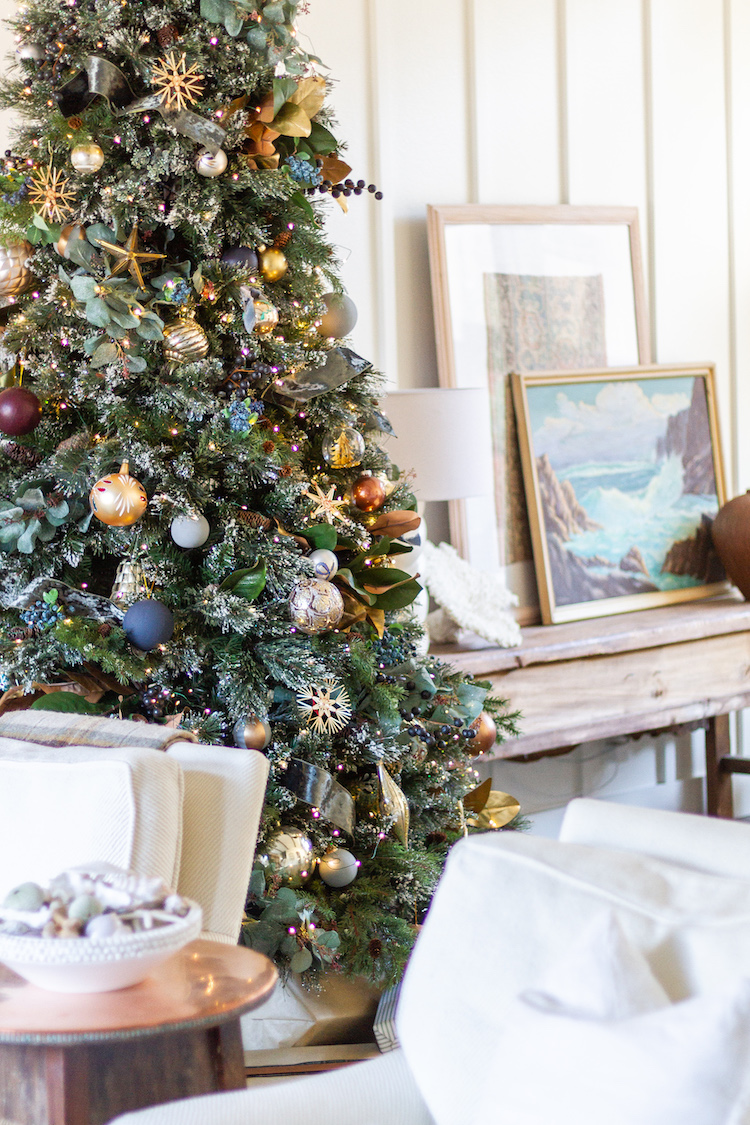
Traditional Christmas trees have been a staple of holiday celebrations for centuries, evoking a sense of nostalgia and warmth in people of all ages. These classic trees have been a part of family traditions, cultural heritage, and festive decorations, bringing people together and creating lasting memories. In this article, we'll delve into the world of traditional Christmas trees, exploring their history, types, benefits, and tips for choosing the perfect one for your home.
The History of Traditional Christmas Trees
The evergreen fir tree has been a symbol of life and fertility in many ancient cultures, with the modern Christmas tree tradition believed to have originated in 16th-century Germany. The evergreen fir was seen as a reminder of the hope and promise of eternal life, and people would bring them into their homes during the cold and dark winter months to symbolize the continuation of life and the coming of longer days.

The modern Christmas tree tradition as we know it today was popularized by Prince Albert, the German-born husband of Queen Victoria of England, in the 19th century. Albert brought the tradition to the British court, and it soon spread to other parts of Europe and eventually around the world.
Types of Traditional Christmas Trees
There are several types of traditional Christmas trees, each with its unique characteristics, advantages, and disadvantages. Some of the most popular varieties include:
- Fraser Fir: Known for its dark green needles, strong branches, and classic Christmas tree shape, the Fraser Fir is a popular choice for many families.
- Douglas Fir: With its soft needles and full, dense branches, the Douglas Fir is a favorite among those who want a traditional Christmas tree with a lot of character.
- Balsam Fir: The Balsam Fir is known for its fragrant aroma and soft, dark green needles, making it a popular choice for those who want a classic Christmas tree with a lot of scent.
- Blue Spruce: With its striking blue-gray needles and symmetrical shape, the Blue Spruce is a unique and beautiful choice for those who want a non-traditional traditional Christmas tree.
The Benefits of Traditional Christmas Trees
Traditional Christmas trees offer a range of benefits that make them a popular choice for many families. Some of the advantages of traditional Christmas trees include:
- Ambiance: Traditional Christmas trees create a cozy and inviting atmosphere, filling the home with the scent of pine and the warmth of twinkling lights.
- Nostalgia: For many people, traditional Christmas trees evoke memories of childhood and family traditions, making them a great way to connect with the past.
- Scent: Traditional Christmas trees have a distinctive and pleasant aroma that fills the home and creates a festive atmosphere.
- Environmental Benefits: Real Christmas trees can be recycled or composted after the holiday season, making them a more sustainable choice than artificial trees.

Tips for Choosing the Perfect Traditional Christmas Tree
With so many types of traditional Christmas trees to choose from, it can be overwhelming to decide on the perfect one for your home. Here are some tips to help you make the right choice:
- Measure Your Space: Before choosing a tree, measure your ceiling height and the space where the tree will sit to ensure you choose a tree that fits comfortably.
- Consider Your Family's Needs: If you have young children or pets, consider a tree with soft needles and a sturdy base to minimize the risk of injury or damage.
- Think About Your Decorating Style: If you like to decorate your tree with heavy ornaments or lights, choose a tree with strong branches that can support the weight.
- Check the Tree's Freshness: Choose a tree with fresh, green needles and a fragrant scent to ensure it lasts throughout the holiday season.

Caring for Your Traditional Christmas Tree
To keep your traditional Christmas tree fresh and healthy throughout the holiday season, follow these care tips:
- Water Regularly: Check the tree's water level daily and add water as needed to keep the tree hydrated and fresh.
- Keep the Tree Away from Heat: Avoid placing the tree near heating vents, radiators, or fireplaces, as this can cause the tree to dry out quickly.
- Monitor the Tree's Temperature: Keep the tree in a room with a consistent temperature between 65-70°F (18-21°C) to prevent drying out.
- Avoid Over-Decorating: Avoid over-decorating the tree with too many lights or heavy ornaments, as this can cause the branches to break or the tree to become unstable.

Conclusion
Traditional Christmas trees are a beloved holiday tradition that brings people together and creates lasting memories. With their classic shapes, fragrant scents, and cozy ambiance, it's no wonder why traditional Christmas trees remain a popular choice for many families. By following these tips and care guidelines, you can enjoy a beautiful and healthy traditional Christmas tree that fills your home with joy and festive spirit.




What is the most popular type of traditional Christmas tree?
+The Fraser Fir is one of the most popular types of traditional Christmas trees, known for its dark green needles and classic Christmas tree shape.
How often should I water my traditional Christmas tree?
+Check the tree's water level daily and add water as needed to keep the tree hydrated and fresh.
What is the average lifespan of a traditional Christmas tree?
+The average lifespan of a traditional Christmas tree is 4-6 weeks, depending on the type of tree and how well it is cared for.











